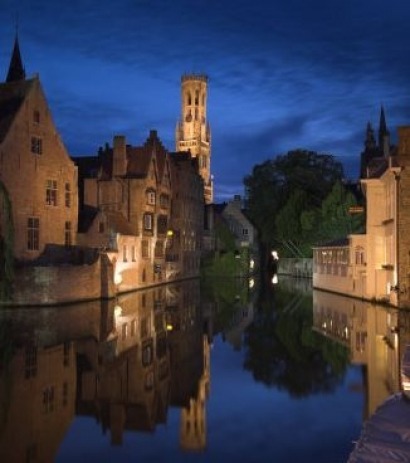
The Proton Exchange Membrane (PEM) Fuel Cell converts co-produced hydrogen (H2) in the plant into electricity and is now producing for weeks at a steady rate. The Fuel Cell has generated over 500 MWh in about 800 hours of operation, which amounts to the electricity consumption of 1370 families during the same time frame.
According to Solvay, this successful industrial scale-up project containing its specialty polymers and SolviCore’s membrane electrode assemblies brings PEM Fuel Cell technology to a new threshold.
Fuel Cells convert the chemical energy from hydrogen into clean electricity through an electrochemical reaction with oxygen, and are considered an important clean power generation technology for a wide variety of applications such as busses, cars, ships, trucks, fork lifts, cogeneration and electricity generation devices.
Hydrogen-powered fuel cells produce only electricity and water.
The PEM Fuel Cell consists of a large number of membrane electrode assemblies (MEAs) made out of Solvay's specialty polymer Aquivion PFSA membrane and ionomer and Umicore's elystTM catalyst.
The MEAs were manufactured by SolviCore, a 50-50 joint venture of Solvay and Umicore, in its plant in Hanau, Germany. Dutch companies NedStack and MTSA have built the fuel cell using SolviCore’s assemblies.
The commissioning of the world’s largest fuel cell was realized in cooperation with WaterstofNet, the coordinator of the Project Hydrogen Region Flanders - South Netherlands.
The project aims at developing knowhow and projects about hydrogen applications in the region with a clear focus on sustainable hydrogen and early market applications, such as maritime, logistical and interurban applications, with maximum use of European technology.
The Project Hydrogen Region, with a total budget of €14 million, was approved by the Interreg IV Program and is financed by the EU, the Flemish government, the Dutch government and the industry.
Hydrogen Region financed Solvay’s project budget of over €5 million by €1.5 million. The 1 MW PEM Fuel Cell is the first milestone in the Project Hydrogen Region Flanders - South Netherlands and it is also used by WaterstofNet for research and test programs to endorse implementation of Fuel Cell technology in the region.
SolVin is a joint venture of Solvay (75 percent) and BASF (25 percent).
For additional information:

